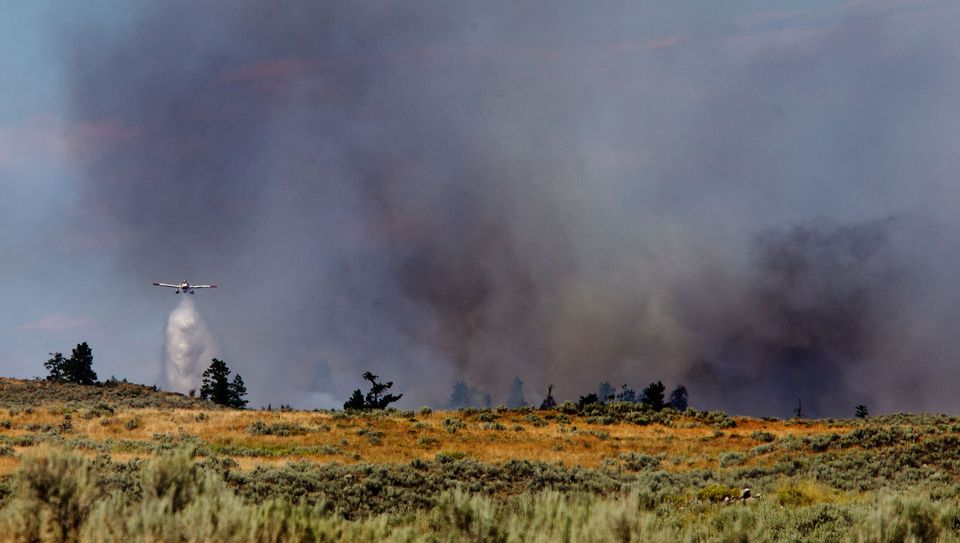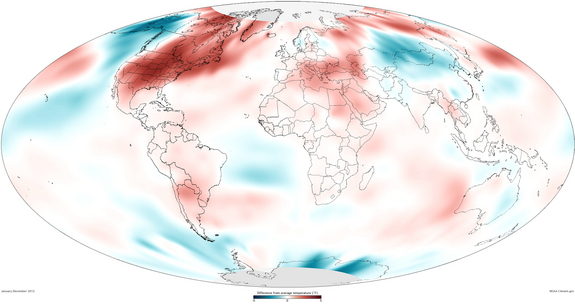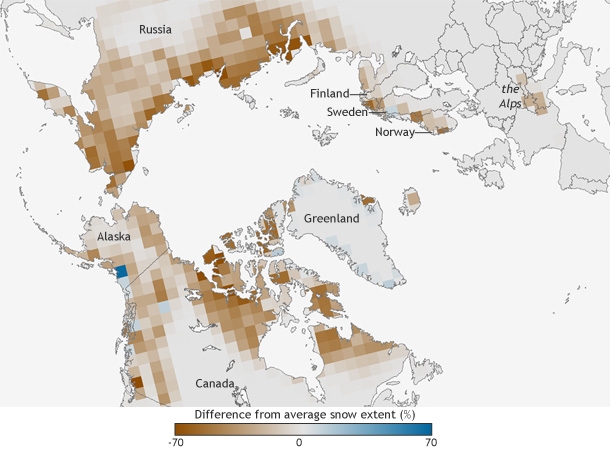The world’s first hamburger made with a synthetic meat protein derived from bovine stem cells will be publicly consumed this October after being prepared by a celebrity chef, according to the inventor of the artificial mince.
Heston Blumenthal is the favourite to be asked to cook the €250,000 (£207,000) hamburger, which will be made from 3,000 strips of synthetic meat protein grown in fermentation vats. Dr Mark Post, of Maastricht University in the Netherlands, said the anonymous backer of his research project had not yet decided who would get to eat the world’s most expensive hamburger, which will unveiled at a ceremony in Maastricht.
Dr Post told the American Association for the Advancement of Science that a hamburger made from artificial beef protein was a milestone in the development of novel ways to meet the global demand for meat, which is expected to double by 2050.
“In October we’re going to provide a ‘proof of concept’ showing that with in vitro culture methods that are pretty classical we can make a product out of stem cells that looks like, and hopefully taste like, meat,” Dr Post said.
“The target goal is to make a hamburger and for that we need to grow 3,000 pieces of this muscle and a couple of hundred pieces of fat tissue. As long as it’s a patty the size of a regular hamburger, I’m happy with it,” he said.
A handful of researchers has been working for the past six years on the technical problem of extracting stem cells from bovine muscle, culturing them in the laboratory and turning them into strips of muscle fibres that can be minced together with synthetic fat cells into an edible product.
The technical challenges have included giving the meat a pinkish colour and the right texture for cooking and eating, as well as ensuring that it feels and tastes like real meat.
Dr Post admitted to being nervous about the final result. “I am a little worried, but seeing and tasting is believing,” he said.
Although some animals still have to be slaughtered to provide the bovine stem cells, scientists estimate that a million times more meat could be made from the carcass of a single cow, compared with conventional cattle rearing. As well as reducing the number of beef cattle, it would save the land, water and oil currently need to raise cattle for the meat trade, Dr Post said.
“Eventually, my vision is that you have a limited herd of donor animals that you keep in stock in the world. You basically kill animals and take all the stem cells from them, so you would still need animals for this technology.”
One of the economic incentives behind the research is the increasing cost of the grain used to feed much of the world’s cattle. This is helping to drive up the cost of meat.
“It comes down to the fact that animals are very inefficient at converting vegetable protein [either grass or grain] into animal protein. Yet meat demand is also going to double in the next 40 years,” he said.
“Right now we are using about 70 per cent of all our agricultural capacity to grow meat through livestock. You are going to need alternatives. If we don’t do anything, meat will become a luxury food and will become very expensive.
“Livestock also contribute a lot to greenhouse gas emissions, more so than our entire transport system. Livestock produces 39 per cent of the methane, 5 per cent of CO2 and 40 per cent of all the nitrous oxide. Eventually we’ll have an ‘eco-tax’ on meat.”
Growing meat in fermentation vats might be better for the environment. And it might be more acceptable to vegetarians and people concerned about the welfare of domestic livestock, Dr Post said. “There are many reasons why people are vegetarian. I’ve talked to the Dutch vegetarian society, which has said that probably half of its members will eat this meat if it has cost fewer animal lives and requires less intensive farming,” Dr Post said. Growing artificial meat would also allow greater control over its makeup. It will be possible, for example, to alter the fat content, or the amount of polyunsaturated fats vs saturated fats, according to Dr Post.
“You can probably make meat healthier,” he said. “You can probably trigger these cells to make more polyunsaturated fatty acids, just like grass-fed beef has more polyunsaturates than grain-fed beef. You could make any type of meat, you could make mixed meats. I’m pretty sure you could even make panda meat.”
Dr Post declined to reveal who his backer was, except to say that he was well known but not a celebrity – and not British. “It’s a very reputable source of money,” he said. “He’s an individual. There may be two reasons why he wants to remain anonymous: as soon as his name is associated with this technology he will draw the attention to himself and he doesn’t really want to do that.”
Dr Post added: “And the second reason is that he has the image of whatever he does turns into gold and he is not sure that may be the case here so he doesn’t want to be associated with a potential failure.”
LAB-GROWN MEAT THE CASE FOR AND AGAINST
Pros
– Billions of animals would be spared from suffering in factory farms and slaughterhouses
– Would reduce the environmental impacts of livestock production, which the UN’s Food and Agriculture Organisation estimates account for 18 per cent of greenhouse-gas emissions
– Could reduce by 90 per cent the land- and water-use footprint of meat production, according to Oxford University research, freeing those resources for more efficient forms of food production
– Would provide a more sustainable way to meet demand from China and India, whose growing appetite for meat is expected to double global meat consumption by 2040
– Lab-grown meat could be healthier – free of hormones, antibiotics, bacteria such as salmonella and E.coli, and engineered to contain a lower fat content
– Would reduce the threat of swine and avian flu outbreaks associated with factory farming
Cons
– Consumers may find the notion of lab-grown meat creepy or unnatural – a “Frankenstein food” reminiscent of the Soylent Green at the heart of the 1973 sci-fi film of the same name
– For some vegetarians, in vitro meat will be unsatisfactory as it perpetuates “meat addiction” – rather than focusing on promoting non-meat alternatives, and changing our meat-heavy diet
– Although the fat content can be tinkered with, other risks of eating red meat, such as an increased threat of bowel cancer, remain
– It’s not cruelty-free – animals will still have to be slaughtered to provide the bovine stem cells
– There could be unforeseen health consequences to eating lab-grown meat
– As a highly processed, “unnatural” foodstuff, lab-grown meat is a step in the wrong direction for “slow-food” advocates, and others who believe the problems in our food system have their origins in the distance between food production and the consumer















